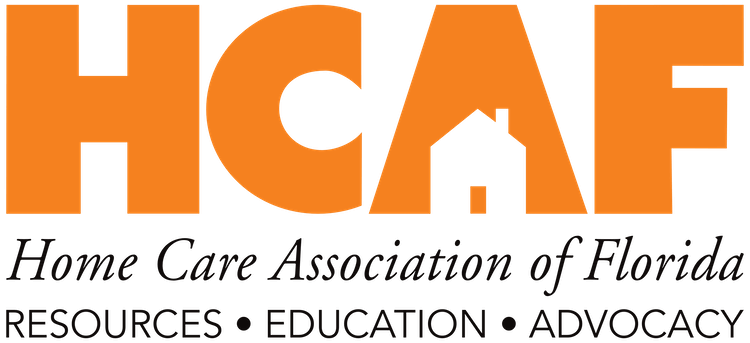Final Medicare Home Health Payment Rule Imminent: What Providers Should Know Before January 1

Final Medicare Home Health Payment Rule Imminent: What Providers Should Know Before January 1
The Centers for Medicare & Medicaid Services (CMS) is in the final stretch of releasing the Calendar Year (CY) 2026 Home Health Prospective Payment System (PPS) Final Rule. The rule entered Executive Order 12866 regulatory review at the Office of Management and Budget (OMB) on October 24, 2025, a key procedural step that typically signals publication is just around the corner.
Because this rule is economically significant, federal law requires CMS to publish it at least 60 days before it takes effect on January 1, 2026. That means the final rule must be issued by early November. And if history is any guide, CMS has a habit of releasing the home health payment rule during the last week of October — often right around Halloween.
Major Payment Reductions Ahead?
The proposed rule, issued June 30, 2025, outlined a net 6.4% decrease in aggregate Medicare payments to home health agencies in CY 2026 — a reduction of approximately $1.135 billion compared to CY 2025. This decrease stems from several layered adjustments:
- –4.059% permanent adjustment to account for differences between assumed and actual behavior changes under the Patient-Driven Groupings Model (PDGM);
- –5.0% temporary adjustment to begin recouping retrospective overpayments dating back to CY 2020;
- –0.5% decrease due to changes in the fixed-dollar loss ratio for outliers; and
- +2.4% market basket update, which only partially offsets these cuts.
The result is a significant net rate reduction for home health agencies starting January 1, 2026. CMS has also signaled that additional temporary adjustments may follow in future years as part of the recoupment process.
Final Rule Deep Dive: Join Us This November
With the final rule’s publication imminent, HCAF invites Medicare home health providers to attend a Home Care Connection event near you this November for an in-depth briefing on the CY 2026 Final Rule.
Renowned industry expert Melinda Gaboury, COS-C, Chief Executive Officer of Healthcare Provider Solutions, will deliver a comprehensive breakdown of every major policy and payment change. She’ll be joined by HCAF Executive Director Denise Bellville, RN, BS, and Senior Director of Policy, Advocacy & Communications Kyle Simon, who will provide:
- Updates from Congress and federal policymakers
- A preview of key issues expected during the 2026 Florida Legislative Session
- Insights into emerging trends shaping the future of home care
Attendees can earn 2.5 continuing education units (CEUs) in skilled nursing, occupational therapy, and speech-language pathology and audiology.
Don’t miss this critical opportunity to get ahead of the curve. Register today to reserve your spot for this information-packed event series.
Take Action: Protect Home Health Access
While providers prepare for the CY 2026 payment rule, there’s another critical front: Congress.
The proposed cuts — totaling more than $1.1 billion — would be the steepest single-year reduction since PDGM was implemented. Such a reduction would devastate providers, force cutbacks in services, reduce access for millions of seniors and families, and shift patients into more costly facility-based care.
The bipartisan Home Health Stabilization Act of 2025 (H.R. 5142), introduced by Representatives Kevin Hern (R-OK) and Terri Sewell (D-AL), would:
- Block the 2026 and 2027 cuts by freezing rates at 2025 levels
- Require a positive payment adjustment, giving Congress, CMS, and stakeholders time to fix payment flaws and protect access to care at home.
If Congress does not act, home health providers nationwide will face crushing cuts that threaten patients’ ability to age in place. Seniors and families depend on home health to avoid unnecessary hospitalizations and nursing home stays.
Act Now: Tell your U.S. Representative to co-sponsor H.R. 5142 — the Home Health Stabilization Act of 2025 — to stop devastating Medicare home health cuts and protect care for millions of seniors. Click here to contact Congress today and make your voice heard.
